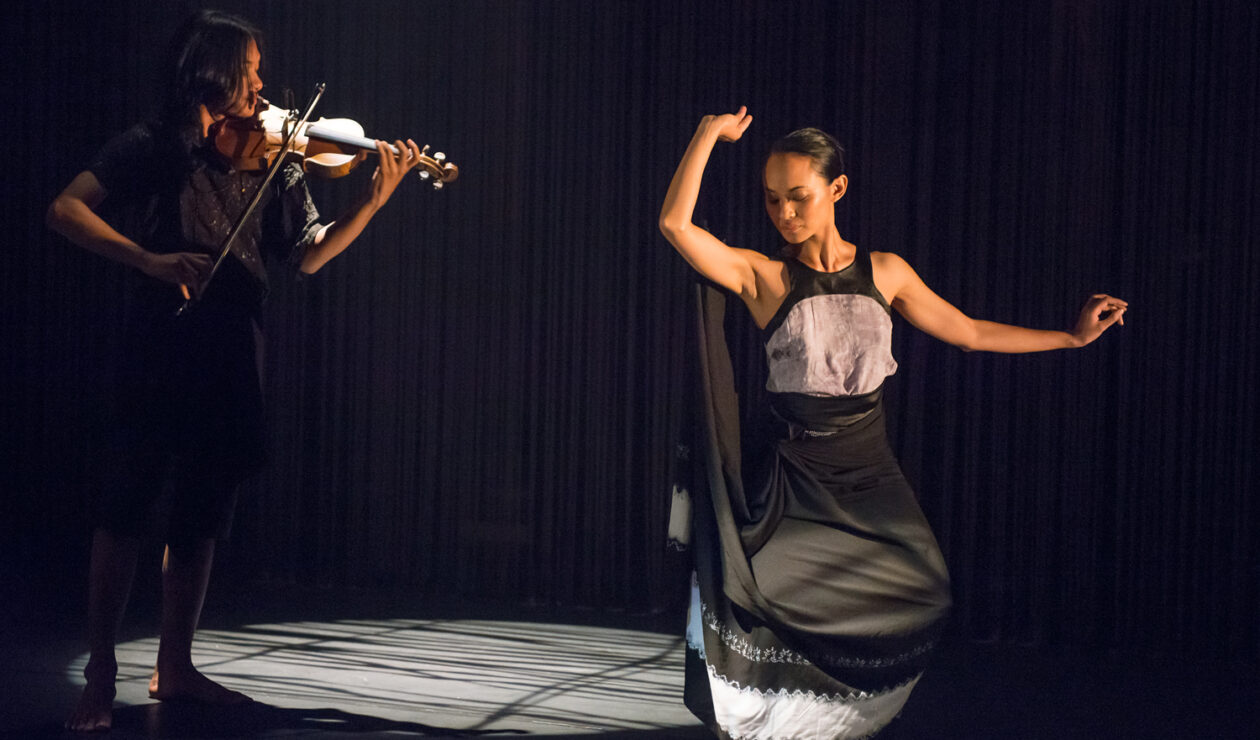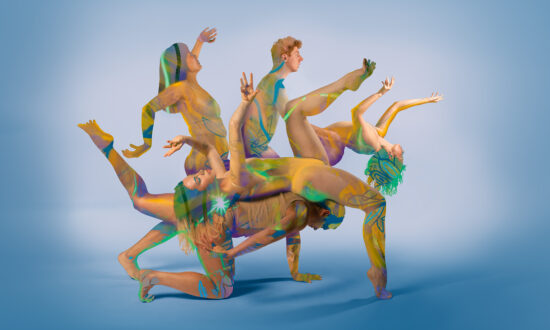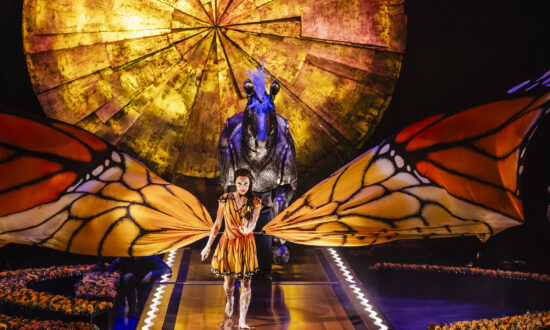“In some aspects of Javanese dance, you could be with it forever. For me, that’s really quite beautiful. The dancing I’m looking at now has that same aspiration to be sustainable on the body so that you can still practice and still move.”
That is how Ade Suharto describes her dance practice when we meet at a cafe in Norwood, near the Australian Dance Theatre where she has been supporting the company for its recent project, Cultivate: One.
For this Adelaide-born artist, dance is a lifelong process. It shapeshifts and evolves along with her, and so carries a different meaning for her in each phase of her life.
Suharto has been dancing ever since she can remember. Her parents were, and still are, very supportive of her passion for dance. Her mum used to take her to lessons at the local dance school in Hope Valley and to watch dance performances at the Adelaide Festival Centre.
“My mum used to work at Myer, which used to have a ticketing office called BASS that would sell tickets to the theatre… Mum would sometimes get complimentary tickets to the musicals or the ballet, so she would take me along to the theatre.
“My dad would also come to the theatre to watch. Sometimes he’d go watch the ballet or go to the musicals, too. I think my dad was just like, ‘Oh, if you enjoy something, if you have a passion for something, then why don’t you pursue it?’.”
Eventually, this led to her pursuing a dance degree at the University of Adelaide, where she discovered an interest in her Javanese heritage with encouragement from her dance lecturer at the time, Simi Roche.
Immediately after graduating, Suharto decided to go to Surakarta (colloquially known as Solo) in Central Java, to learn Javanese dance for two years. She also spent some time working in Jakarta, the capital.

Dance duet: In recent years Ade Suharto (left) has been collaborating with friend and fellow dance artist Alison Currie. Photo: Andrew Sikorski
In about 40 years of dancing, Suharto’s work has been presented not just in Australia and Indonesia, but also in the United Kingdom and throughout Europe. She has also worked internationally, notably with Indonesian choreographer Boi Sakti and New Zealand-based choreographer Lemi Ponifasio, and she undertook a remote, year-long learning opportunity with Indian choreographer Padmini Chettur as part of a Pina Bausch Fellowship for Dance and Choreography.
Suharto is still dancing today.
Despite being ethnically Javanese (which is the biggest ethnic group in Indonesia), Suharto was born and raised in Australia and considers herself an Australian artist. She is keen to collaborate with other Australian artists while bringing lessons from her Javanese culture, without necessarily imposing the Javanese dance form itself.
Mainly associated with the kraton (Javanese royal palaces), Javanese dance has a deliberate and refined quality that enables its practitioners to perform even as their bodies age. It is this learning that Suharto brings to her collaborations.
“Aesthetically, I still find a lot of value in something like the Bedhaya dance,” she says. “I studied it as a form. I really enjoy the vocabulary of classical Javanese dance. It’s sustained. There’s a kind of meditative quality to it as well.”
Bedhaya is a sacred and ritualised Javanese dance associated with the kraton of Yogyakarta and Surakarta. Suharto also mentions other Javanese dances, such as Srimpi and Gambyong, which have inspired this sustained dance vocabulary.
“When you watch something like Bedhaya, the effect is greater than the vocabulary itself. There’s a lot of repetition; it’s simple in a way, but still has a lot of integrity in it.
“That’s what I take from my Javanese culture – that kind of aesthetic. So it’s not the shapes of Javanese dance that I’m sharing with my collaborators, but this consideration of time and place.”
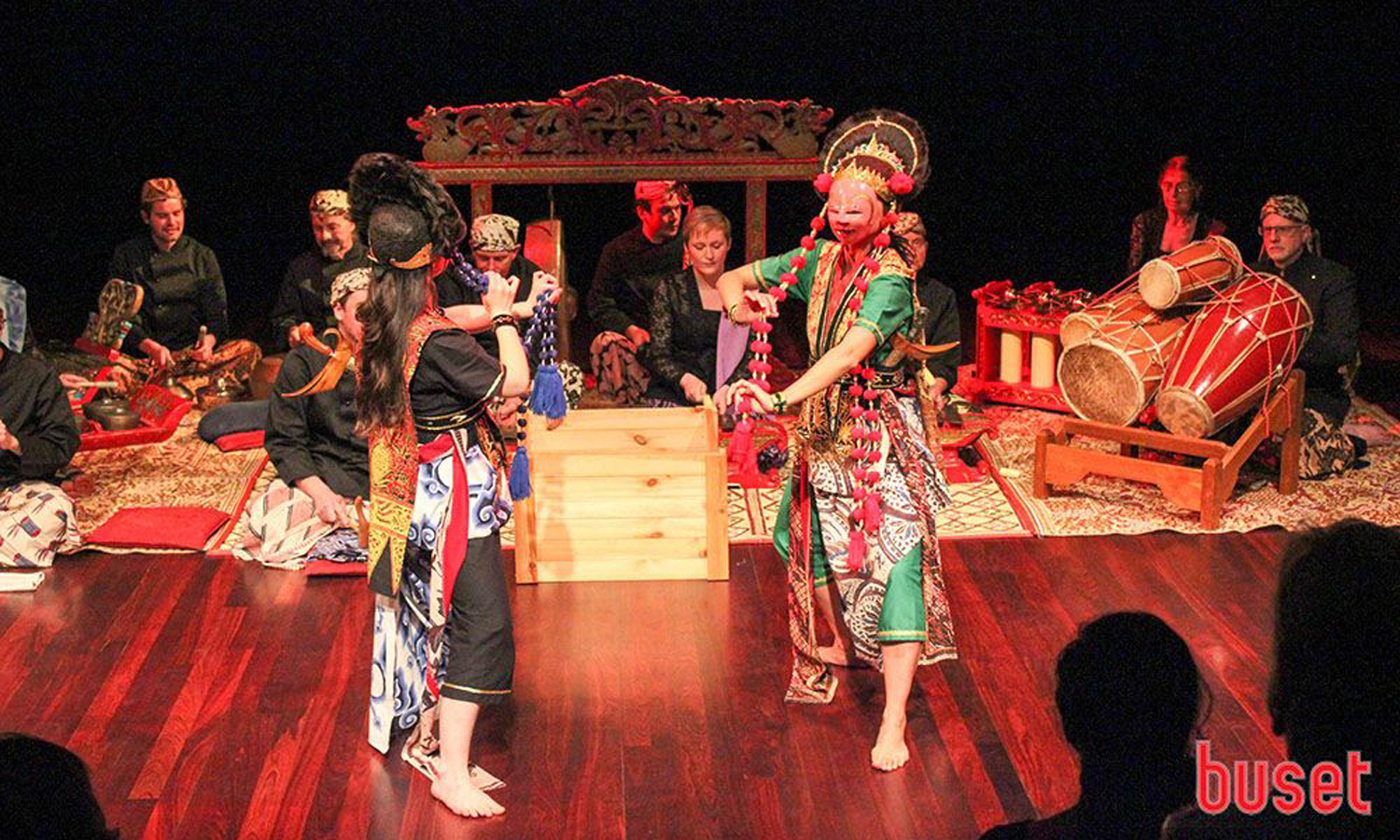
Performing Topeng Cirebon at the Melbourne Fringe in 2017. Photo courtesy Buset Magazine
Living in Melbourne from 2015 to 2019, Suharto studied Topeng Cirebon, a masked dance originating from the coastal village of Cirebon, with Michael Ewing and his gamelan ensemble, Putra Panji Asmara. Once again, she was delighted with how the dance refines as one matures through life.
“This is what dance can be,” she says.
“I’ve been working in a duet with my friend Alison Currie. She’s also a dance artist and we’ve been working on our process together on and off for about two years, which started during the pandemic.”
A key to sustaining a lifelong artistic practice, Suharto says, is sharing the work and giving yourself enough rest. As a female artist with a young child, she has found that the best format for her workflow for now is not working solo, but in a duet.
“As an independent artist, I find it really helpful to share the workload. I don’t mean just the choreographic work and the artistic work, and the creative ideas, but also the administration – to help actually make things happen.
“I find it very nourishing to share that work with another person to motivate each other, but also to get things done.”
Most recently, in September, Suharto and Currie performed an iteration of their episodic choreographic project Maintain, Rest, Value: Bread & Roses at Vitalstatistix’s annual Adhocracy hothouse event.
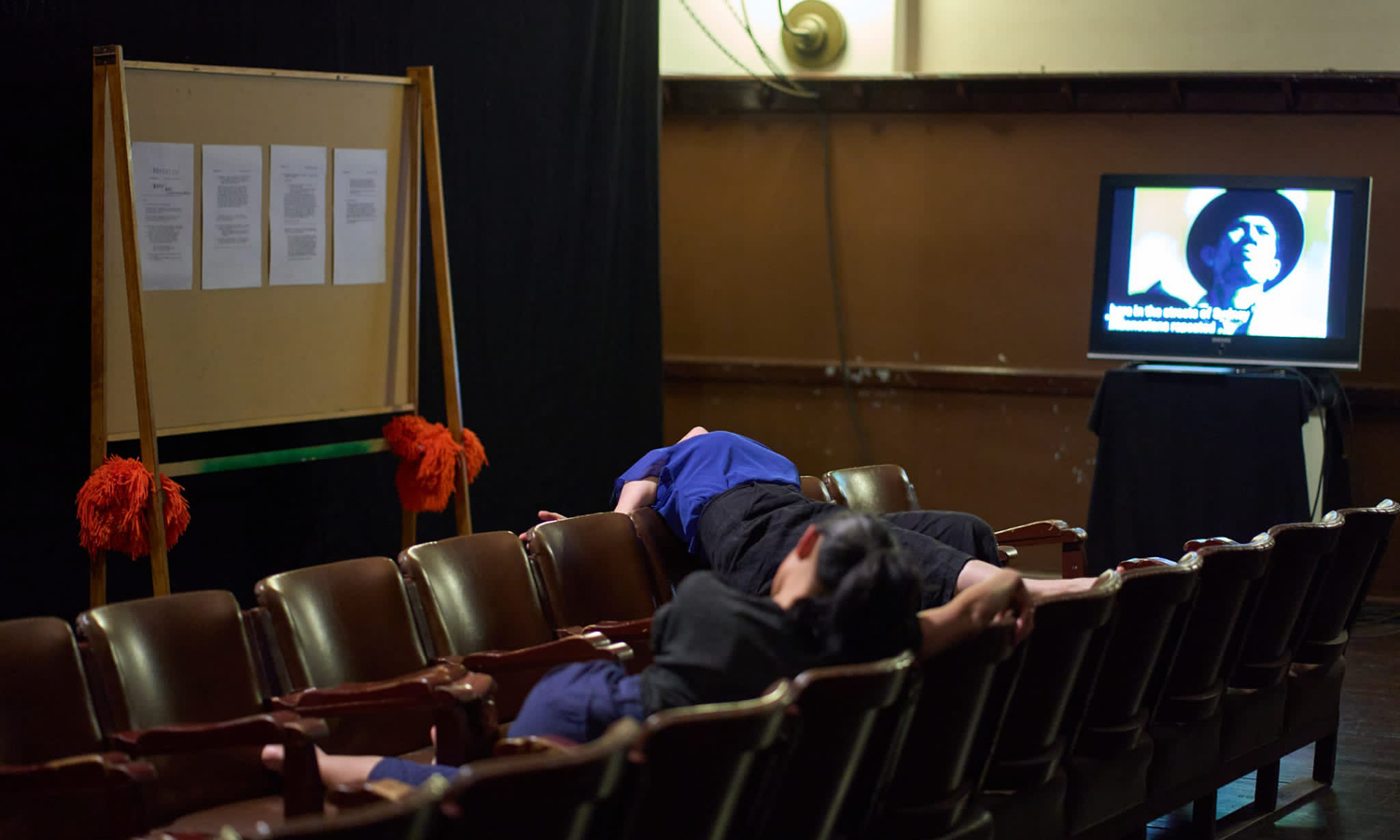
Ade Suharto and Alison Currie’s choreographic project Maintain, Rest, Value: Bread & Roses. Photo: Sam Roberts
Asked if she ever feels “stuck in-between”, being an Australian artist with Indonesian heritage, Suharto says: “I think we all feel like that. Everyone, I’m sure, feels in-between, whether it’s because of culture, or gender or whatever.
“I think my dance practice also helps me understand what it means to be Australian or Indonesian. That’s quite fluid. It changes all the time.”
Everybody is a storyteller. So is this Suharto’s story: being this Indonesian-Australian dance artist navigating her identity and place in the world?
“Am I a story?” she says with a chuckle. “Maybe I’m trying to process the world through my art-making. I’m trying to make sense of things and maybe to put things together that I don’t think have been put together before.
“For a long time, I really liked making collages with paper. There’s the idea of using what you have to create something different. You’ve rearranged, coordinated and connected things differently. In my work, I’m now understanding or finding a way to marry that interest of collages and live performance work or dance work.”
This collage-like quality is apparent in Suharto’s dance work, which incorporates seemingly unrelated elements and weaves them together into a choreographic tapestry. It’s Javanese-inspired, but not necessarily Javanese per se. It’s also not wholly Australian.
She also mentions the idea of a “time capsule” – of using her practice as a lens to view her life in retrospect, a medium of reflection and reminiscence.
Looking back, there are moments where she did things that at the time seemed unrelated to dance – like working at a university law faculty, or being a mother – but even those things inform her practice now. Even when she’s not dancing, she’s actually still dancing.
In hindsight, the connection seems obvious. The pieces fit together like a collage. Ade Suharto has been dancing ever since she can remember, and if left to her own devices, she’ll be dancing for the rest of time.

Get InReview in your inbox – free each Saturday. Local arts and culture – covered.
Thanks for signing up to the InReview newsletter.
Aushaf Widisto is The Mill’s current writer in residence. This article was contributed through The Mill’s writer-in-residence program. For more information on the program, see here.
You can view clips of Ade Suharto’s performance work here on Vimeo.
Support local arts journalism
Your support will help us continue the important work of InReview in publishing free professional journalism that celebrates, interrogates and amplifies arts and culture in South Australia.
Donate Here
